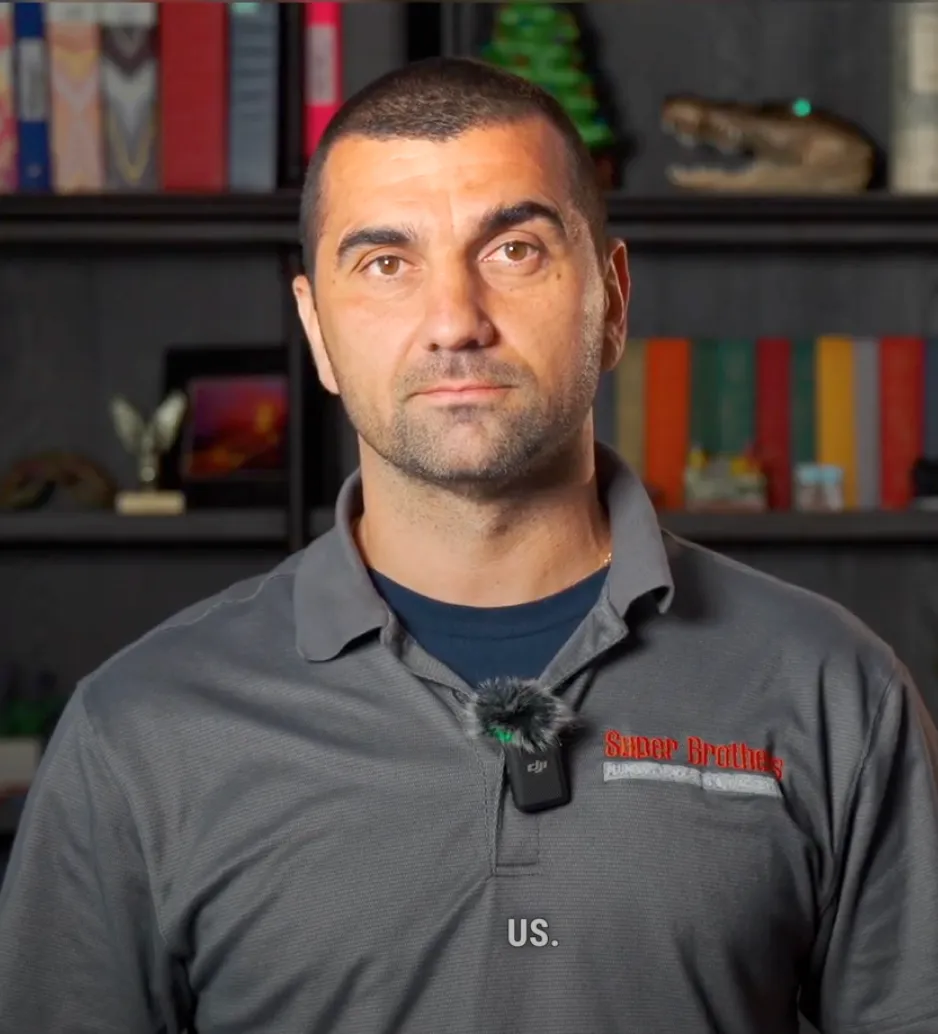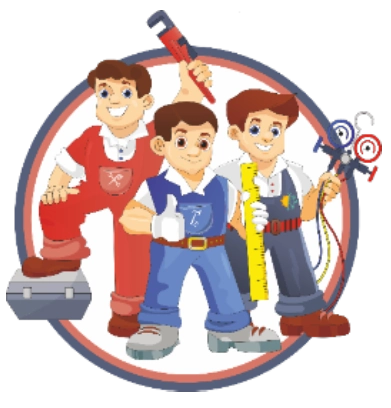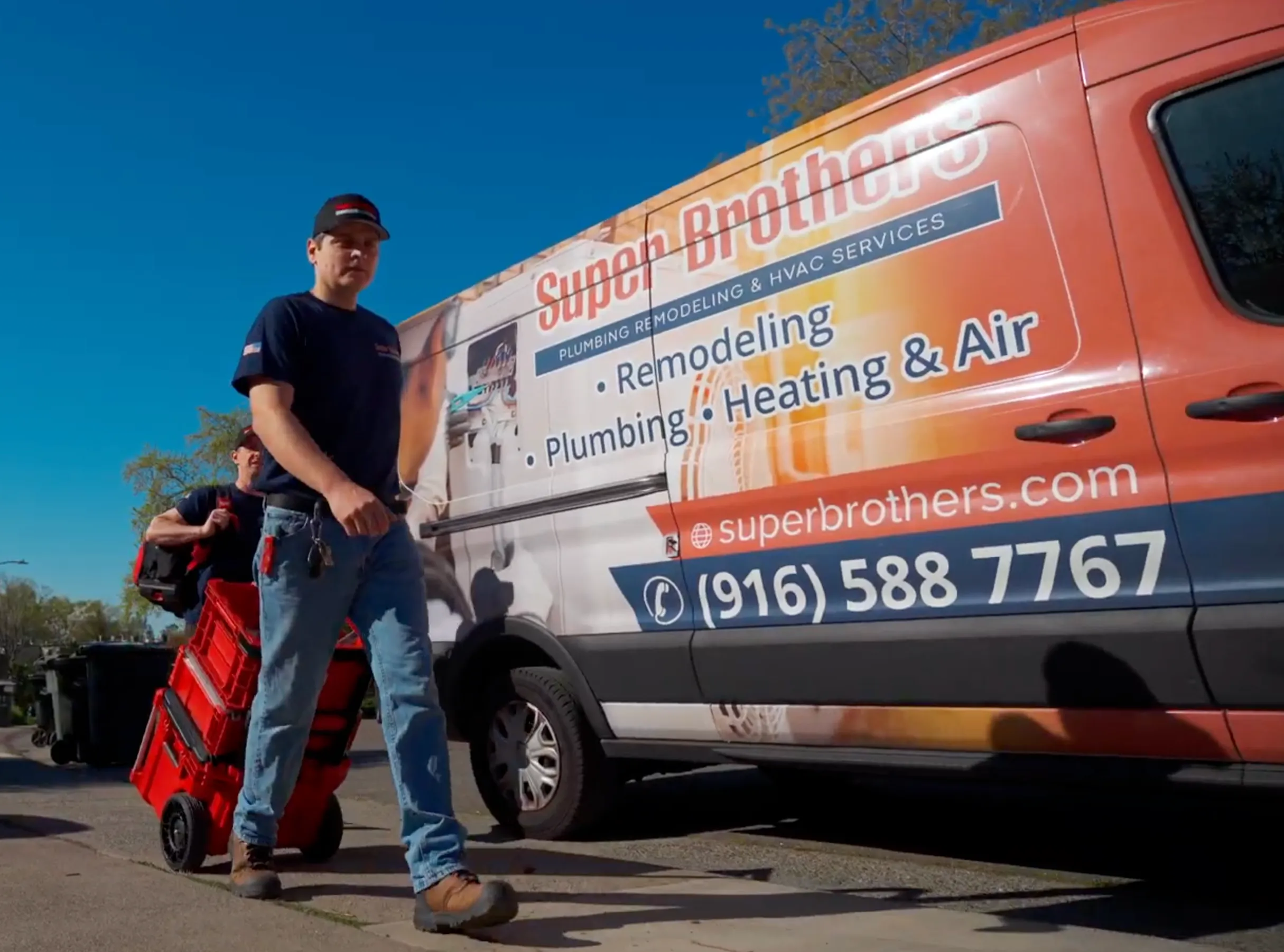Curious about the average costs of replacing your main water shut-off valve with a professional plumber? Whether it’s a planned upgrade or an unexpected repair project, understanding the average costs and obtaining a cost estimate from a professional plumber is crucial. The price for a water shut-off valve replacement project can vary significantly based on factors like location, type of valve, plumbers, and labor costs. While some projects may be budget-friendly, others can come with a hefty price tag due to the cost estimate. By exploring the main water shut off valve replacement cost in the utility closet of your house, you can prepare financially and make informed decisions when faced with this essential home maintenance task.
Key Takeaways
- Regularly check your main water shut off valve to make sure it works well and is easy to reach.
- Know the different shut off valve types like ball valves and gate valves to pick the best one for your home.
- Learn about how shut off valves work, including manual, automatic, and remote-controlled options.
- Watch for signs that you need a water shut off valve replacement, such as leaks, corrosion, or difficulty turning the valve.
- Consider costs like valve type, installation complexity, and materials when planning to replace a water shut off valve.
- On average, the cost to replace a main water shut off valve ranges from $150 to $400, but this can change based on various factors.
Understanding Water Shut Off Valves

Location
Your main water shut off valve is usually where the main water line enters your house, often in the basement, crawl space, or utility room. This valve is key in emergencies like burst pipes or leaks, as it lets you turn off the water supply to your entire home, preventing serious water damage and costly repairs.
Functionality
A water shut off valve controls the flow of water in your home’s pipes. Turning the valve clockwise stops the water flow, while turning it counterclockwise allows water to pass through.
- Prevents flooding during plumbing emergencies
- Allows for maintenance and repairs without cutting off the water supply
Importance
Knowing how to use your main water shut off valve can save you from significant property damage during a water-related crisis. Regular maintenance by plumbers ensures the valve will work when you need it most.
Types of Shut Off Valves
Ball Valves
Ball valves are popular water shut off valve types that use a rotating ball to control water flow. They’re durable, easy to operate, and great for both residential and commercial settings.
Gate Valves
Gate valves are ideal when you need the valve either fully open or fully closed. They’re not designed for regulating flow, but they create a tight seal when closed, making them useful in systems that are operated infrequently.
Benefits of Metal Seated Ball Valves
Metal seated ball valves are more durable and handle higher temperatures and pressures better than soft seated valves. They last longer and need less maintenance, making them perfect for tough environments.
ESD Valves in Offshore Drilling Rigs
Emergency Shutdown (ESD) valves are crucial for safety on offshore drilling rigs. These valves can quickly isolate sections of the production system during emergencies like fires or gas leaks, protecting both personnel and equipment.
Actuation Methods Explained
Fail-Safe Features
Safety shut off valves are designed with fail-safe features to ensure they close during emergencies or power loss, providing reliable operation when it’s most needed.
Pneumatic Actuators
Pneumatic actuators are widely used in water shut off valve systems. They work by converting compressed air into mechanical motion, enabling quick and precise control of the valve. With fast response times, they are ideal for applications requiring rapid actuation. These actuators are also cost-effective and easy to install, making them a popular choice for water shut off valve replacements.
Hydraulic Actuators
Hydraulic actuators use hydraulic fluid to move shut off valves. Known for their high force output and precise positioning, they provide strong control over valve operation. The high torque produced by hydraulic actuators makes them suitable for heavy-duty applications, especially where a strong closing force is essential in water shut off valve systems.
Electro-Hydraulic Actuators
Electro-hydraulic actuators combine electrical signals with hydraulic power, offering enhanced control and flexibility for shut off valve operation. These actuators provide precise positioning and adjustable speeds, allowing for tailored control to meet specific needs. Their versatility makes them a favored option for various industrial settings, including water shut off valve replacements.
Spring Return Systems
Spring return systems are critical for the safety and reliability of shut off valves. They automatically return the valve to its original position when the actuator loses power or a control signal, ensuring the valve functions properly during emergencies.
Recognizing Replacement Signs
Signs
Look out for water leaks around your main water shut off valve or visible corrosion. These are clear indicators that a water shut off valve replacement might be needed. Additionally, if the valve fails to completely stop the water flow, leading to drips or seepage, it could signify an issue that needs attention.
Risks
Ignoring a faulty shut off valve can lead to severe water damage in your home. In worst-case scenarios, a malfunctioning valve might cause pipes to burst suddenly, resulting in expensive repairs and major disruptions.
Professional Help
If you notice any of these warning signs, it’s crucial to get professional help right away. A qualified plumber can accurately assess the situation and recommend the best replacement solution for your water shut off valve.
Cost Factors for Valve Replacement
Types of Valves
When planning a water shut off valve replacement, it’s important to understand the different valve types available. If you’re replacing an old valve, you might opt for modern choices like ball valves or gate valves.
- Metal seated ball valves are known for their durability, meaning they might need to be replaced less often compared to other valves.
Cost Analysis
The cost of replacing a main water shut off valve can vary depending on the type of valve and the complexity of the installation.
- Pros: Metal seated ball valves are more durable and have a longer lifespan, which can save you money over time.
- Cons: The initial cost of metal seated ball valves might be higher than other options, but their reliability can offset this in the long run.
Investing in a high-quality valve can reduce the need for repairs and replacements later on, leading to potential savings.
Maintenance Considerations
Regular maintenance is key to extending the life of a shut off valve. Skipping maintenance can lead to expensive repairs or early replacement.
- Metal seated ball valves are less likely to leak or corrode, which can help avoid unexpected repair costs.
Average Replacement Costs

Valve Types
The cost to replace a main water shut off valve depends on the type of valve you choose:
- Ball valve replacement: Typically costs between $150 and $300.
- Gate valve replacement: Usually ranges from $200 to $400.
Labor Costs
The cost of labor for replacing a main water shut off valve is generally between $50 and $150 per hour. This covers the installation time and ensures the new valve works properly.
Factors Influencing Costs
Several factors can affect the overall cost of replacing a main water shut off valve:
- Installation complexity: More complex installations can increase both labor and material costs.
- Valve location: The position of the valve within the plumbing system can also impact the final cost.
Cost Breakdown
Here’s a breakdown of the typical costs involved in a main water shut off valve replacement:
- Material costs: $100 – $400
- Labor costs: $50 – $150 per hour
- Total average cost: $250 – $550
Complications Affecting Price
Water Hammer
Water hammer is a common plumbing issue that can increase the cost of replacing a main water shut off valve. It happens when flowing water is suddenly stopped by a closed valve, causing pressure waves that can damage pipes and valves.
- Impact: Water hammer can cause the shut off valve to fail due to excessive pressure. To fix this, additional components like water hammer arrestors might be needed during the replacement. These devices absorb the shock from sudden valve closures, protecting your plumbing system.
Implosion Risk
Another factor that can drive up the cost of replacing a main water shut off valve is the risk of implosion. This can happen if the valve isn’t working correctly or if there are issues with the supply line, creating negative pressure in the pipes.
- Impact: Implosion is a serious threat to your plumbing system and can make repairs much more expensive. To prevent this, you might need specialized valves designed to handle negative pressures, which require more labor and expertise to install.
Additional Components and Labor
When dealing with complications like water hammer or implosion, the complexity of the replacement process increases. This usually means more labor hours and specialized tools are needed.
- Impact: The need for extra components like water hammer arrestors or implosion-resistant valves adds to the total replacement cost. Geographic location can also affect pricing due to variations in material availability and local standards.
Saving on Replacement Costs
Maintenance Strategies
Regular maintenance of your main water shut off valve can significantly reduce replacement costs. Periodically inspect the valve for leaks or signs of wear.
- Tip: Hiring a professional for routine maintenance might cost upfront, but it can prevent major issues that would require a full replacement.
Cost-Effective Options
When replacing your water shut off valve, consider budget-friendly materials like stainless steel, which are durable and cost-effective.
- Tip: Get multiple quotes from different professionals before deciding on a replacement. This helps you find the most affordable option without sacrificing quality.
Performance Optimization
Ensure your main water shut off valve is working properly to avoid costly replacements. Regular maintenance can extend the valve’s lifespan and prevent unnecessary expenses.
- Tip: Address any issues with the valve promptly to avoid more significant repairs later, which could increase the overall replacement cost.
Performance Measurement Tips
Safety Testing
Regularly testing shut off valves is crucial to ensure safety and proper performance. These checks help identify potential problems and prevent accidents.
- Proof Tests: Perform proof tests to confirm the valve can close properly under pressure during emergencies. This helps ensure the valve will function as intended when needed.
- Diagnostic Tests: Conduct diagnostic tests to evaluate the valve’s condition and spot any faults. A proactive approach like this enhances the reliability and longevity of your water shut off valve.
Functionality Assurance
It’s essential to meet performance standards for Emergency Shutdown Valves (ESDVs). These standards ensure that the valves operate optimally in critical situations.
- Compliance: Make sure that your ESDVs meet industry-specific criteria to guarantee they work effectively when needed. Following these standards boosts overall safety measures.
Key Points:
- Regular testing of shut off valves is crucial.
- Proof tests verify the valve’s functionality.
- Diagnostic tests help detect potential faults.
Summary
You now have a comprehensive understanding of water shut off valves: their types, actuation methods, signs for replacement, cost factors, average replacement costs, complications affecting pricing, cost-saving strategies, and performance measurement tips. By keeping these aspects in mind, you’re better prepared to handle water shut off valve replacements efficiently and economically.
- Stay Vigilant: Watch for signs that a replacement is needed.
- Consider Costs: Understand the various factors that can influence the overall expense.
- Optimize Performance: Use the provided tips to maintain valve performance and save on costs.



